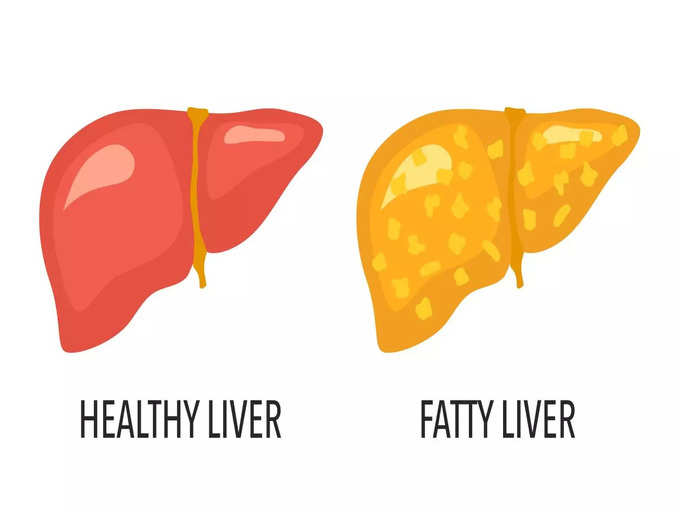Non-alcoholic fatty liver disease: Experiencing THIS sign in the morning should not be taken lightly
Sign of non-alcoholic fatty liver disease

Non-alcoholic fatty liver disease (NAFLD) refers to a range of conditions caused by a build-up of fat in the liver. The affected people drink little to no alcohol, and so, the condition is not a result of alcohol over-consumption.
NAFLD is the most common liver disease worldwide. Still many people are unaware that they have developed the condition. This is because sometimes the disease shows no symptoms at the initial stages. However, there is one sign on waking up in the morning that could be hinting at the disease.
Fatigue in the morning

Fatigue includes feelings of lethargy, malaise and exhaustion despite getting rest. It can be caused by several health conditions. However, if you feel fatigue first thing in the morning, it could be a sign of liver disease. This symptom can severely impact your everyday life, decrease productivity at work or academic performance. It can also lead to mood swings and irritability. If fatigue persists, you should consult your doctor. Early diagnosis of NAFLD will prevent liver scarring.
Other symptoms
Apart from fatigue, pain or discomfort in the upper right abdomen can also be a sign of liver disease. Some people with NAFLD can develop nonalcoholic steatohepatitis (NASH), which is an aggressive form of fatty liver disease that leads to liver inflammation, advanced scarring (cirrhosis) and liver failure. Possible signs and symptoms of having NASH include abdominal swelling, enlarged blood vessels just beneath the skin's surface, enlarged spleen and yellowing of the skin and eyes.
Causes of NAFLD
Experts do not know the exact cause for why some people accumulate fat in the liver while others do not. However, they have found that non-alcoholic fatty liver disease is linked with obesity, insulin resistance, high blood sugar indicating prediabetes or type 2 diabetes, and high levels of fats in the blood. These combined health problems appear to promote the deposit of fat in the liver which leads to non-alcoholic fatty liver disease.
Risk factors
A wide range of diseases and conditions can increase the risk of getting NAFLD. If you have high cholesterol or high levels of triglycerides in the blood, then you may be at a higher risk of developing NAFLD.
Metabolic syndrome – which includes high blood pressure, high blood sugar, excess body fat around the waist and abnormal cholesterol levels – also increases a person’s chance of developing non-alcoholic fatty liver disease. Obesity, particularly with fat concentration in the abdomen; type 2 diabetes; polycystic ovary syndrome (PCOS); and sleep disorder such as sleep apnea can also influence NAFLD risks.
How to avoid liver disease
The most effective treatment for liver disease is weight loss, as it helps to prevent the build-up of fatty cells inside the liver. Some studies show that following the Mediterranean diet can help to decrease the amount of fat stored inside the liver. The diet includes fruits, vegetables, whole grains, legumes, and replaces butter with olive or canola oil.
Aerobic exercises can also decrease the amount of fat in the liver, so complement your healthy diet with regular physical activity. Medications, herbs and supplements that are toxic to the liver should not be taken for too long, particularly by those who drink alcohol regularly.